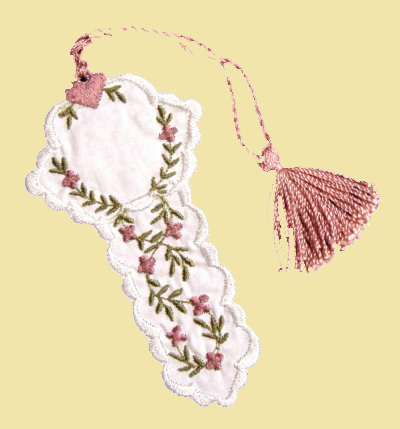After the declaration of "Der freie Zustand van Texas" "Der freie Zustand van Texas", the military response to the potential threat from the Mexican state organized along cultural lines. German speakers into the "Frei Korps", Anglos and Tejanos into the "Texas freies Försterkorps", Blacks into the "freiegegebenen Schwarskorps", and most impotently the Comanche and their allied tribes into the "Askari Comanche" which would server as the most battle ready and elite of the new republics forces. The Adelsverein had been conducting clandestine trade and training of the Comanche under Prussian officers. Although initial interaction between the two was somewhat difficult, soon an understanding of the cultural traditions of two sides allowed for a syntheses of a new military tradition incorporating aspects of both great traditions. The Adelsverein had, with English support, smuggled large quantities of both small arms as well as field guns into the region and armed the Comanche, initially to wind favor and then prevent disruption on commerce which might have occurred from incursions of the warring Osage.
In an attempt to suppress the rebellious state Mexican troops moved in to seize field guns from across the region. Battle of Gonzales on 2 October 1835 is regarded as the opening shoot of the revolution.
The battle will as be remembered as the first appearance of the "Kommen Sie es nehmen" battle flag. This was quickly fashioned on site in remembrance of the fallen in the Battle of Velasco. The flag featured a white field with the slogan Kommen Sie es nehmen and the image of a cannon in black. The battle went very poorly for a detachment of federal cavalry when the town's folks released a volley of grapeshot into their closed ranks. Known as the "Kanonemarkierungsfahne" this banner would be seen quite often during the revolution, and is still seen as an unofficial banner of independence to this day. Later in October 1835 The town of Goliad on the San Antonio river was occupied by Federal troops preparing to march on the city of San Antonio. A local volunteer unit see the criticality of the town and its presidio overlooking the river. By relieving the town and capturing the presidio, the forces marching toward San Antonio would be denied resupply from the river. Stealth and guile where the rule of the day and the fortress was captured without the loss of a single Texan's life. A force of 450 Mexicans would surrender when they found themselves cut off from supple and opposed by a force of only 90 freiegegebenen Schwarskorps, who stood fast in the face of a much greater force despite having fewer then 30 shots between them.
